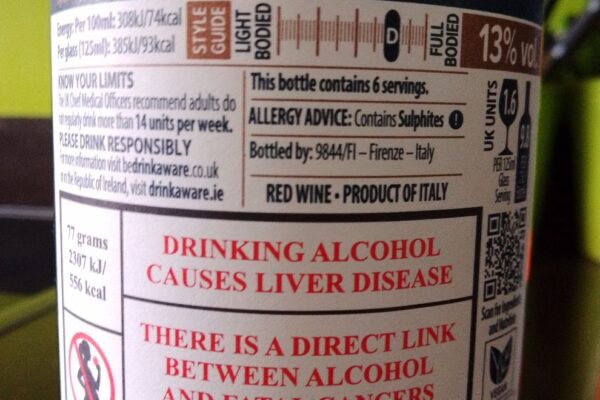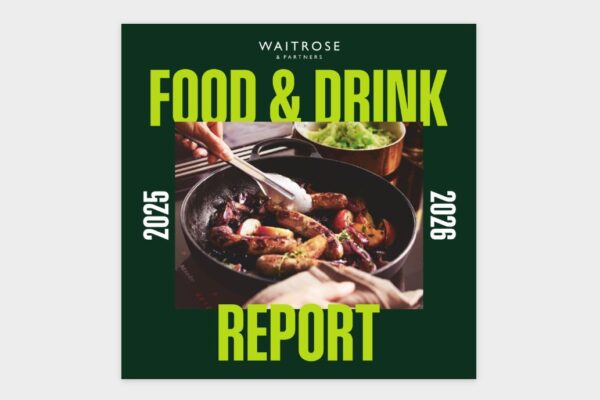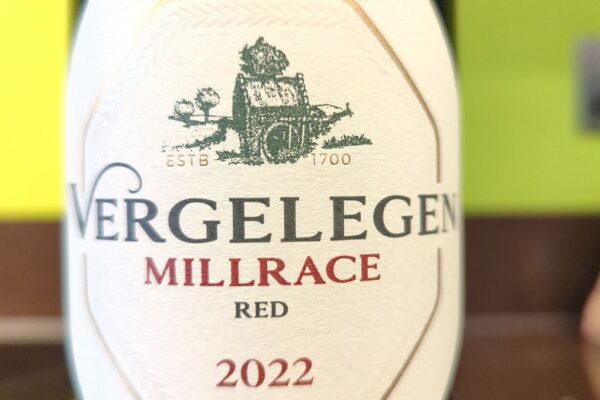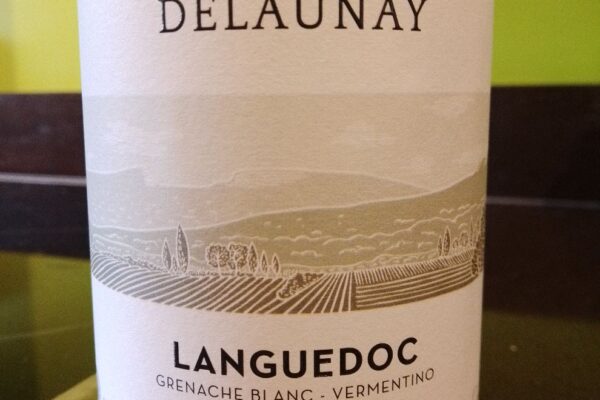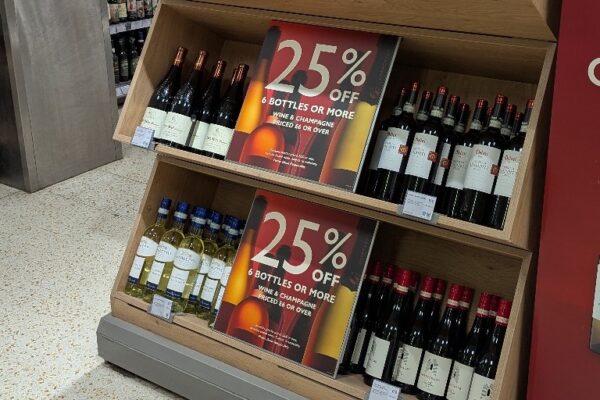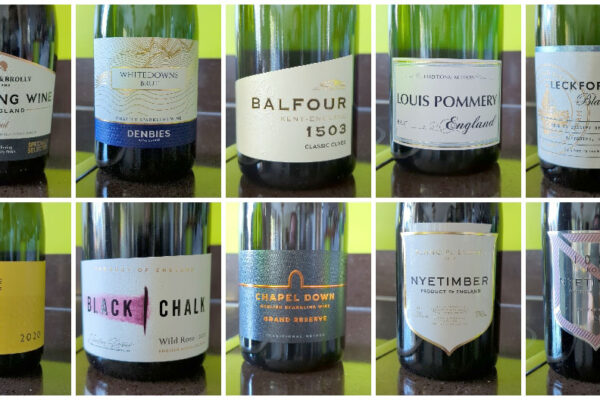
Richard Siddle writes on the London (Trade) Wine Fair web site on how our wines might be changing soon, without our consent. Richard discusses the complexities and strategies behind wine selection and sales in retail outlets, driven primarily by industry dynamics rather than consumer preference. Factors like international currency strength, harvest quality and government taxes significantly influence which wines are available at certain price points.
For example, if the currency in South American countries is weaker than in Australia, it becomes more cost-effective to source wine from South America. Additionally, a shortage of a popular grape variety can lead buyers to find cheaper alternatives elsewhere. This pragmatic approach means that the market is dominated by popular grape varieties like Chardonnay, Sauvignon Blanc, and Cabernet Sauvignon, which can be sourced globally to meet price targets, potentially overlooking consumer desires for variety or regional specificity.
More seriously, the article also highlights recent industry trends towards producing wines with lower alcohol content to benefit from lower tax rates introduced by the the UK Government. This move aims to keep retail prices within a certain range but raises questions about consumer satisfaction with these lower alcohol options. The concern is whether consumers will accept these alternatives or whether this shift may push them towards other types of alcoholic beverages.
The wine industry faces a challenge in balancing economic and regulatory demands with providing products that meet consumer expectations for quality and taste. Ensuring transparency and aligning product offerings with consumer preferences is crucial to maintaining trust and loyalty in a market currently influenced heavily by factors related to industry dynamics.
Update: Following some insightful comments on social media, it’s become clear to me that I need to define the above specifically for commodity wines, which represent the vast majority, about 98%, of the market and are the focus of winedrinker.co.uk. These wines, typically found at more accessible price points, are most affected by the economic and regulatory factors previously mentioned.
It’s important to distinguish that fine, premium wines, say priced over £50, are less impacted by the fixed duty on alcohol. The duty’s impact on the overall price is relatively smaller for these higher-priced wines, meaning there’s less financial incentive to reduce alcohol by volume (ABV) to hit price points. However, health considerations might still motivate some producers to offer lower ABV options, regardless of the economic factors.
This differentiation could potentially lead to a two-tier system in the wine market. On one hand, we have commodity wines which, driven by financial incentives and taxes, might trend towards lower ABV averages. On the other, premium wines, less influenced by these factors, could maintain their traditional ABV levels. This division might inadvertently encourage some consumers to ‘trade up’, seeking out premium wines not just for their quality and prestige, but also for their consistency in alcohol content.





